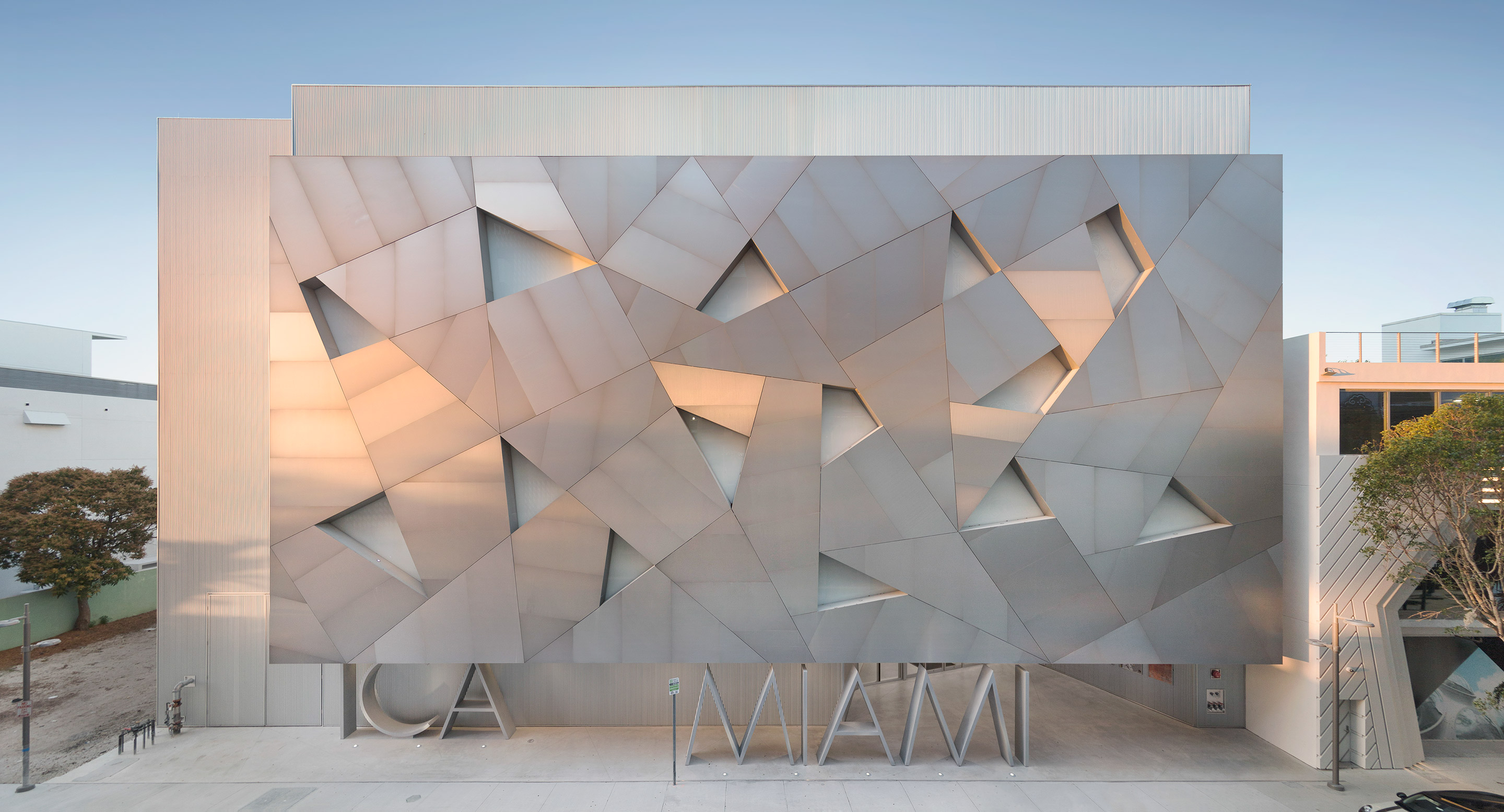Apr 26 2018 - Jan 6 2019
Walter Darby Bannard: 1959-1962 is a focused presentation of a series of breakthrough paintings the artist produced over a period of several years, during which he abandoned gestural brushwork and developed a pared-down geometric vocabulary. The early works presented have rarely and only recently been exhibited.
As was the case for other artists of his generation who aspired to advance abstraction, the years in which these paintings were produced represented for Bannard a moment of reckoning with the lessons and legacy of Abstract Expressionism-and with the desire to inaugurate a new era in American painting. Living in Princeton, New Jersey, at the time that he made these works and working alongside fellow artist Frank Stella, who was on the verge of his own breakthrough with his series “Black Paintings” (1958-60), and Michael Fried, who would soon become one of the leading art critics of his generation, Bannard purged his paintings of any vestiges of self-expression and pared the canvases down to a single geometric form in a colored field. This allowed him to explore what he deemed painting’s most important aspects: the use of color and a “total, in-your-face presentation,” whereby all that the painting had to offer was right there in front of the viewer, all at once.
Walter Darby Bannard (b. 1934, New Haven; d. 2016, Miami), was a leading figure in the development of Color Field painting.
Credit: Exhibition overview from museum website
Exhibition Venues & Dates
Apr 26 2018 - Jan 6 2019
